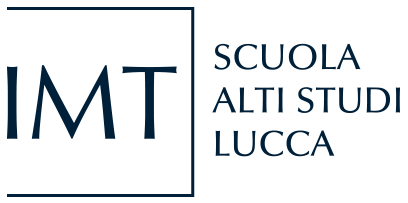In this seminar I will present the ways in which the installation “An Archaeology of Disability” offers an experiment in the historic reconstruction of the Acropolis in Athens that moves beyond ableist approaches to classical heritage. “An Archaeology of Disability” is an exhibition / research station designed and curated for the Venice Biennale, Architettura 2021 by David Gissen, Jennifer Stager, and Mantha Zarmakoupi, exhibited a year later at La Gipsoteca di Arte Antica in Pisa, and now shown at the Paul and Alexandra Kanellopoulos Museum in Athens.
The accessibility of historic architecture not only determines who can experience the past, but it also informs how we think about disabled people as part of history. This installation presents an experiment in the historic reconstruction of the Acropolis in Athens. We explored what it means to reconstruct lost elements of the Acropolis through the lens of human impairment. Such an approach contrasts to the pursuit of “accessible heritage” — a balance between historic authenticity of architecture and technical modifications made for accessibility. We call our alternative to accessible heritage “an archaeology of disability.”
Notions of the “classical” have been in fact constructed on ideas of ableism: healthy muscular bodies as well as perfectly designed monuments and idealized democratic cities, whereby enslaved labor is silenced. Such conceptualizations of the human body in the classical period, barren of their original cultural context, have become idealized representations of human bodies as well as metrics of architectural design. For instance, the Canon of Polykleitos, devised in the 5th century BCE to present a standard in the representation of human form in sculpture, informed Vitruvius' analysis of proportion and symmetry in architecture vis-à-vis the human body, was revived in Leonardo da Vinci's Virtuvian Man during the Renaissance, and reincarnated in Le Corbusier's Modulor Man where the human body became a yardstick of proportion in architectural design. Aesthetics of “purity” and “perfection” are indeed intertwined in restoration projects and architectural projects in archaeological sites and such interventions are entwined with national and supranational debates about cultural identity in the discourses of modernity.
Join at: imt.lu/aula1
